During the brand building process, every one of us must go back to square one and ask, “What is branding?”
And surprisingly enough, many folks have a difficult time answering that question.
At the surface, we all think we know what branding is. Everyone has a favorite brand. When we visit the grocery store, we’re surrounded by brands. It’s simple! Right?
What does the term really mean? If I asked you to tell me what a brand was in one sentence, could you do it?
If so, could you effectively use that knowledge and build a successful brand? Could you implement a brand building strategy to build an audience, craft a culture, AND hit your sales goals?
The term “brand” or “branding”, in large part, has become misunderstood… to the point where many businesses don’t really even know what it means. In fact, this is why many young businesses fail. They don’t know the ins and outs of their own brand - and because of this, they don’t know how to sell to their audience (we’ll get to this in a bit).
We Asked Successful Entrepreneurs and Businesses What Their Secrets to Branding Were…
And boy, did they deliver!
Throughout this guide, we will be featuring their responses. We asked them two questions:
- What do you think the most important aspect of branding is?
- What do you think most branding beginners are lacking?
These entrepreneurs, individuals, and companies are no strangers to brand building. They have been able to rise above the noise of the world, making their story known. We are psyched to include them in this guide! There’s a lot we can learn from them.
So, if you know the basics of branding, feel free to use this guide as a tool to bolster and hone in on your brand!
If you’re here because you found yourself asking “what is branding”, then you’ve also come to the right place!
The tools and information below are for those who are ready to tell their story. What about you? Ready to build a long lasting foundation for your business?
Download Your Free Branding Strategy Deck
This post will walk you the process of building a brand. You'll learn what a brand is and why it's so important. We're sharing insights from top influencers to help you understand why you need a brand. But what happens when it comes time to take action on these strategies?
That's why we are sharing this Branding Deck. It's the same one we use at Drop Ship Lifestyle to ensure we're on brand across all teams.
This document will walk you through the process of defining your brand and creating visual guidelines. This will be a piece of content your team and company should refer to often.
What is Branding, Exactly?
If the common non-marketing civilian were asked what “brand” means, they’d probably answer by saying:
- A company
- A type of product
- or a logo
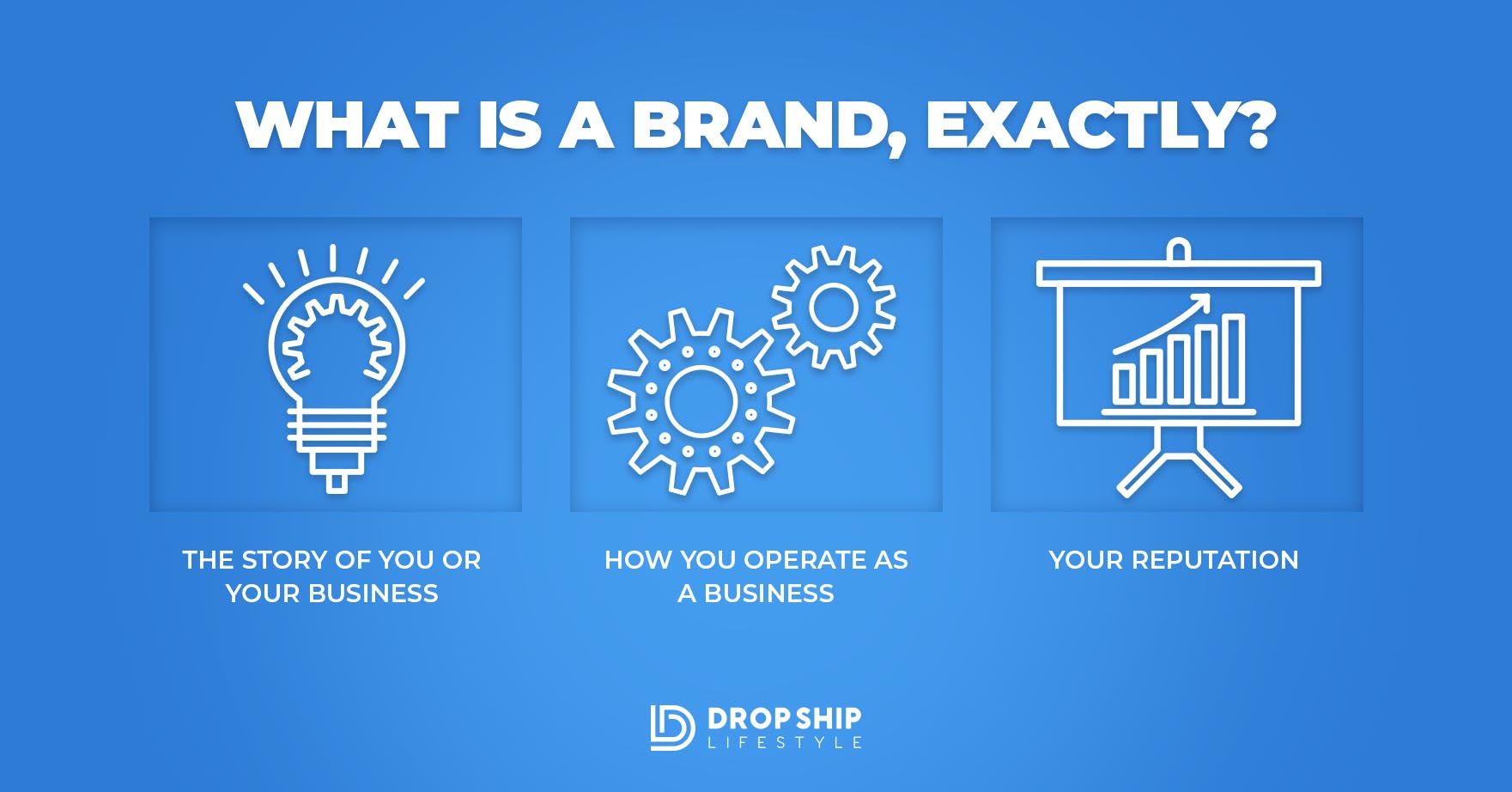
When people think “brand”, they think Tide, McDonalds, Gatorade, Under Armour… But for marketers and business owners, this isn’t the case. “Branding” does not equal “a business.” YOU should define a brand as the customer’s perception of your company. This is what Rhonda told us about branding --

Rhonda Swan
Author and Brand Strategist
Today's currency is influence and branding.
Why should you care about branding? Because these days, everyone will Google you before they visit your restaurant, buy your products, hire you to perform a service, loan money to you or invest capital in your new or existing venture. Any time you interact with people– online or off– your brand will matter.
[...] Never before have you had the chance to build a brand like you can today, then leverage it to expand your business, increase your sales, and enhance your credibility and your bottom line.
Despite these tremendous opportunities for entrepreneurs, many are oblivious to them and cling to a by-gone era where time-honored business plans and approaches to promoting a business focused on advertising and not engagement and influence.
So a brand is MORE than a logo or product. It’s the story behind the product. It’s the reason for the product’s existence.
This is why businesses hire branding teams for thousands upon thousands of dollars. Your brand is a precursor to success, and if it’s not rock solid, neither will be your sales or longevity.
Here’s what CoSchedule's Content Marketing Lead told us–

Ben Sailer
Content Marketing Lead, CoSchedule
When it comes to branding, I think beginners tend to focus solely on the visual elements of branding, while forgetting that a strong brand is essentially a strong promise to your customers. It encompasses everything from your aesthetic, to your voice, to the core value proposition that you have to offer.
The most successful companies take a holistic approach to their brand and commit to upholding it everywhere they have an interaction with their audience.
To reiterate our point, look at the images below:

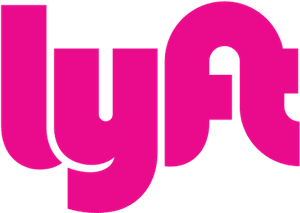
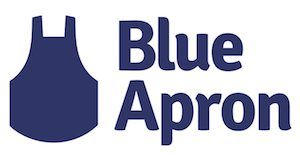

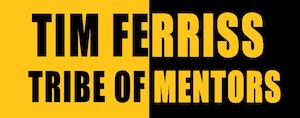
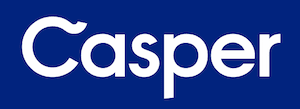
If you take away one thing from this entire guide, remember this: these logos are just a PART of these companies’ branding.
That Lyft logo is just one small piece of the branding pie. It’s a small representation of the entire story of Lyft.
That Blue Apron logo helps tell Blue Apron’s story. It resonates with the foundational values of the company, or at least many of them.
Is branding starting to make sense? It’s everything you do as a company or individual - summed up in a way that speaks to your customer!
Here's what Julie Stojan had to say–

Julie Stojan
Founder and CEO, Create Your Laptop Life
Branding is so much more than just design, colors, and fonts. Branding is even more than just how your products make people feel.
Branding is identity. It's something your customers want to put on - like a new pair of high end brand jeans. Good branding creates an identity shift for your customers so they can become someone else they want to be. Someone with increased status, connection, and significance.
Why is Branding Important?
Quick Look
- It will provide a consistent experience for your customer.
- Branding helps you attract your desired target audience.
- You can adapt to market trends and stay relevant -- giving your audience the best experience possible.
The sooner your company (or you) begin brand building, the sooner you’ll be able to vibe with your customer base.
And what do I mean by “vibe?”
I mean understand. If you put effort into building the STORY of your brand, you will begin to attract those who want to be a part of that story.
You’re essentially engineering the way you want to be perceived by your customer. You will attract the audience YOU want to attract, and you will understand them -- at least that’s your goal.
Here’s what Jaime from Eventual Millionaire told us–

Jamie Masters
Business Coach and Author, Eventual Millionaire
The most important aspect for branding, which most beginners get completely wrong, is clarity.
Too many times they are trying to SAY EVERYTHING with their branding instead of just highlighting the core of what they do.
According to the Nielsen Norman Group, most users stick around less than 59 seconds. Try this test - If someone is at your site for less than one minute - will they understand what you do, and who you do it for?
I'd challenge you to find 5 of your direct avatar and show them your brand/site for one minute and see what their interpretation of it is.
If you truly understand your customer, you’ll be able to communicate with them. Your business will give them what they need, when they need it.
But there’s one major caveat…
It’s impossible to make choices for your customer. Their choices are theirs. You can’t force them to love you or buy your product.
THIS is what makes brand building so difficult. All you can do is plan, act, and react.
The best branders in the world react and adapt to current market trends. They take a long look at their audience and analyze how the brand is viewed in the eyes of the public. Then they make necessary changes and keep going.
Companies know they have zero control over their customers’ thoughts. So to combat this, they plan and strategize.
Who Needs a Brand?
You do!
Brand building is imperative for EVERYONE.
Here’s what Chris Ducker told us about individual branding–

Chris Ducker
Best Selling Author and Business Coach
The biggest mistake I see personal brand beginners making is not defining themselves properly.
Your story is your business. The very center of your business is sharing what you have done and can do for other people.
To do that successfully, you’ve got to think about your story and how to tell it in a way that people will relate to. You don’t know how they may first encounter you. They may come to hear you speak and be right in front of you, or they may tune in on a podcast, or find you through an Internet search or a social media mention.
However or wherever people first meet you, you want them to connect with you in a deep and personal way, and to do this they must have access to the very core of what you are all about—your story.
- What have you done thus far?
- Where has your experience led you?
- What big milestones have you achieved in your career?
- Are you a family person?
- Are you all about the hustle and the grind?
- Do you happily work 18 hours a day or get it all done in just six?
- What do you do for fun?
All these things make up who you are and define you very clearly as an individual.
The best way to become what I call a 'Youpreneur' is to really be YOU 120% of the time. There’s no room for smoke and mirrors. There are no funny games to be played. You’ve got to be you all the time.
See, branding isn’t just about engineering a “corporate identity” and outside perspective of your company.
It’s about managing YOUR name and how other people perceive YOU.
What Does a Brand Consist of?
Quick Look
- Aesthetic (company office, style of products, print, emails, packaging, blogs, logo…)
- Customer Service
- Verbiage (the language you use with your employees and customers)
- The Persona of Your Company
- Customer Experiences
- Customer Expectations
A brand consists of anything that affects the perceptions of you or your company.
Really… ANYTHING.
For instance, imagine Apple got brought up in a conversation with you and your friends. You all start arguing if PC or Mac is better, looking at each others’ opinions on the latest Apple products, and talking about your latest experiences with the company.
Now, Apple’s branding will have an effect on how your group perceives the company.
What do y’all think about the products?
What does the group think about Apple’s decisions as a company?
If any of the people in your conversation had a bad experience with Apple… why?
Is there a reason why someone in the group uses Windows, while another person is a devoted macolyte?
Now, when I say that a brand consists of ANYTHING that affects perception, I don’t mean that your company has complete control over every aspect of branding - I mentioned this earlier.
Branding is complex because you can’t make people think what you want them to think. You can’t harness the power of mind control to make your customers view you a certain way.
All you can do is nudge your audience in the right direction. If people are saying something about your company that’s “off-brand”, find out what needs to be adjusted and make the change!
That’s what brand building is all about: strategy and adaptation.
This is what Jacob told us–

Jacob McMillen
Copywriter and Content Strategist
The #1 branding issue I see new entrepreneurs struggle with is trying to do their branding way too early in the startup process. A lot of people default to branding because it's really tangible and within their comfort zone.
- Logo? Check.
- Website design? Check.
- Business cards? Check.
It feels good to cross off a list and the visuals make you feel like you have a real business, when the reality is... you don't. The only thing it takes to have a real business is real customers, and until you have that, you are just pretending to have a business.
Even worse, if you aren't a web developer and graphic designer, all of these tasks will take up WAY too much of your time and money, when both should be invested solely in building your initial customer base. And to top it all off, you aren't investing that money in strategic branding. You are simply financing your own personal artistic expression, which has nothing to do with building a successful business.
Now all this isn't to say branding is important. It's incredibly important, and even more important than usual in an eCommerce/drop shipping context. Which is why it's so important that you are taking your long-term branding cues from your initial customer base.
Until you have that base, any branding you create will just be random art. But if you wait for that base to weigh in, get to know them, and see how they respond to different branding iterations, THEN you can take your brand in a specific, profitable, proven direction.
Branding Elements That You Have Control of
- Aesthetic (company office, style of products, print, emails, packaging, blogs, logo…)
- Customer service
- Verbiage (the language you use with your employees and customers)
- The persona of your company
[These points are covered in our persona section below]
Branding Elements That You Don’t Have Control of
- Customer Experiences
- Customer Expectations
Customer experiences and expectations exist outside of your branding strategy. Whether you like it or not, a customer’s experience with you may not be what you intended. Or maybe a customer will say something about your brand that isn’t what you hoped for.
Even the expectations of the customer are out of your control! Again, all you can do is pave a clear path for your target audience to walk on. You want to SHOW THEM what to expect.
If you’re tactful enough, your branding will help you acquire customers that have your best interests at heart. Here’s what Krista said to us–

Krista Mashore
Realtor, Author, and Business Coach
Your digital brand is a representation of you and your product or service. I believe that you are always on a job interview and inadvertently anything and everything that you produce is a reflection of who you are, how you run your business, and how you will serve your client.
Many people mistake branding as just a logo, color scheme, or fonts. Those are all important, however, it is so much more. Your brand is who you are as a company or professional. It depicts whether you are a Walmart or a Nordstroms, McDonald's or In-n-Out Burger. Whether you're a do it yourself kind of company or hold your hand and walk you through from beginning to end.
When a consumer thinks of you, your product or service, it should scream beyond a shadow of a doubt what they will be receiving. There is no guesswork involved. Your digital online presence and brand says it all, you had me at "Hello".
Here is an example of utilizing branding elements you CAN control:
Frank wants to open a super high-end mechanic shop. His target customer is anyone who is serious about taking care of his/her vehicle.
He also focuses on having the best customer service in the city. He uses a paperless POS system (like Squarespace), and he even built an app to show customers the progress of car repair in real-time. Customers can also schedule their maintenance appointment in advance online.
Frank’s website is clean, easy to use, and concise.
After reading this, you can probably assume that Frank is targeting a tech-savvy audience who is willing to pay more for ease of use and customer care.
BUT– Does that mean that Frank’s actual customer base will be his target audience? Does Frank have control over how people perceive his company?
No. But Frank can plan, adjust how he does customer service, design his storefront… but he can’t tell his customers what to think.
If you’re still asking the question, “what is branding?”, keep reading. Let’s dig in and take a look into each of the elements of branding that you can control.
What is a Brand Persona?
Quick Look
- It’s the personality of your company.
- It’s the key to understanding and communicating with your target audience.
- The brand persona is your mission statement, brand promise, target audience, and personality attributes of your brand.
- It’s the first step to forming your brand. It’s the foundation of your story.
As you begin to take brand building more seriously, you’ll notice the term “brand persona” thrown around a lot.
While it may seem like a marketing buzzword at first glance, brand persona is actually vital. Building a brand persona is an integral step in the branding process, and it should be one of the first things you develop when starting a business.
So… what is a brand persona exactly?
Think of the brand persona as the personality of your company. The best way to do this is to imagine if your company were a real person.
What type of friends would they attract? What are their likes? Dislikes? Dreams? Aspirations? Are they nice? Spunky? Honest? Bombastic?

Nadya Khoja
Head of Marketing, Venngage
I think when people think of branding, they think 'logos' or 'font pairings' etc. And although those components are very important for a company's brand, I think what a lot of people forget is everything else that makes up a brand.
One way I like to look at it is that a brand is a lot like a person, and like any person, a brand needs to have a certain style, voice, tone, 'personality'. So my tip is to figure out what kind of personality you are trying to create, and look at examples of different types of characters (real or fictional) that could inspire your brand's overall style. We also have a comprehensive brand style guide here for more suggestions and templates.
A brand persona is the culmination of values and attributes that embody your brand.
I know thinking of your company as a person sounds a bit weird… but it’s one of the best ways to hone in your brand persona! And once you have a solid persona in mind, you can really begin connecting with your target audience.
When decisions are influenced by a brand persona, we’re able to act in a way that is consistent. We can provide each customer with a consistent experience whether it be via phone, storefront, on our website, or through our products.
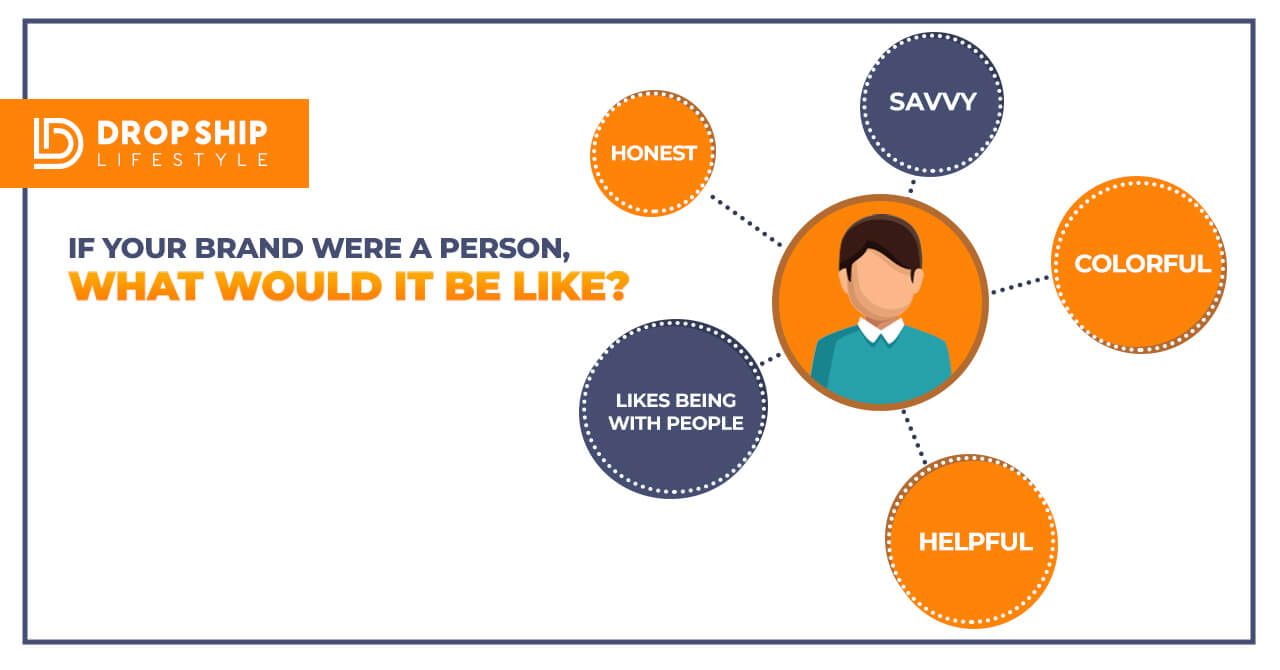
Brand Persona Part 1: The Jump Starter
You’re probably already brainstorming the type of persona your brand will have, but here’s a good way to jump start the process and get it rolling:
How to Build a Brand Persona:
- Lay out an extensive list of words (adjectives, characteristics, attributes).
- Pick several of these words that convey your company.
- Make sure your ads, copy, design, company procedures, and brand personality fit with the list of words used to describe your company.
- Now create a detailed profile of who you are selling to (process shown in the section below). Be as detailed as possible!
- ALWAYS follow your lists to ensure consistency across all channels of your company. If your selling strategy (or anything else) changes, you need to update your official brand persona.
If your lists don’t feel right, start over. You NEED to find the right list.
Your brand persona is your foundation, after all. Make it solid and unbreakable.
To give you an example, we asked Omar Zenhom, CEO & Founder of WebinarNinja, what three words described their brand. His answer was approachable, personal, user-focused.
Omar’s three words make sense. His company's mission is to make it easier for their users to "grow their businesses with webinars." These three words are part of the branding DNA of WebinarNinja.
Brand Persona Part 2: Snagging your Target Audience
Even if you know nothing about brand building, you probably have an idea of who you will be selling to.
But how much about your potential customer do you know? Their age? Their gender?
Well… you need to know A LOT more than a couple of things if you’re to implement an effective branding strategy.
If you don’t truly know who your target audience is, how will you be able to take care of them? How will you be able to produce the BEST content in the world for your audience?
If we know our customer, we will actually be able to serve them how THEY need to be served. We can produce products that they will love. We can address their problems and come up with solutions that fit perfectly.
Here’s a list of demographic info from Investopedia. This is how detailed we need to get when determining our target audience. Of course, we don’t take note of every demographic known to man, but we need to be detailed.
Below, you’ll see an example of what your list should include when researching your target audience:
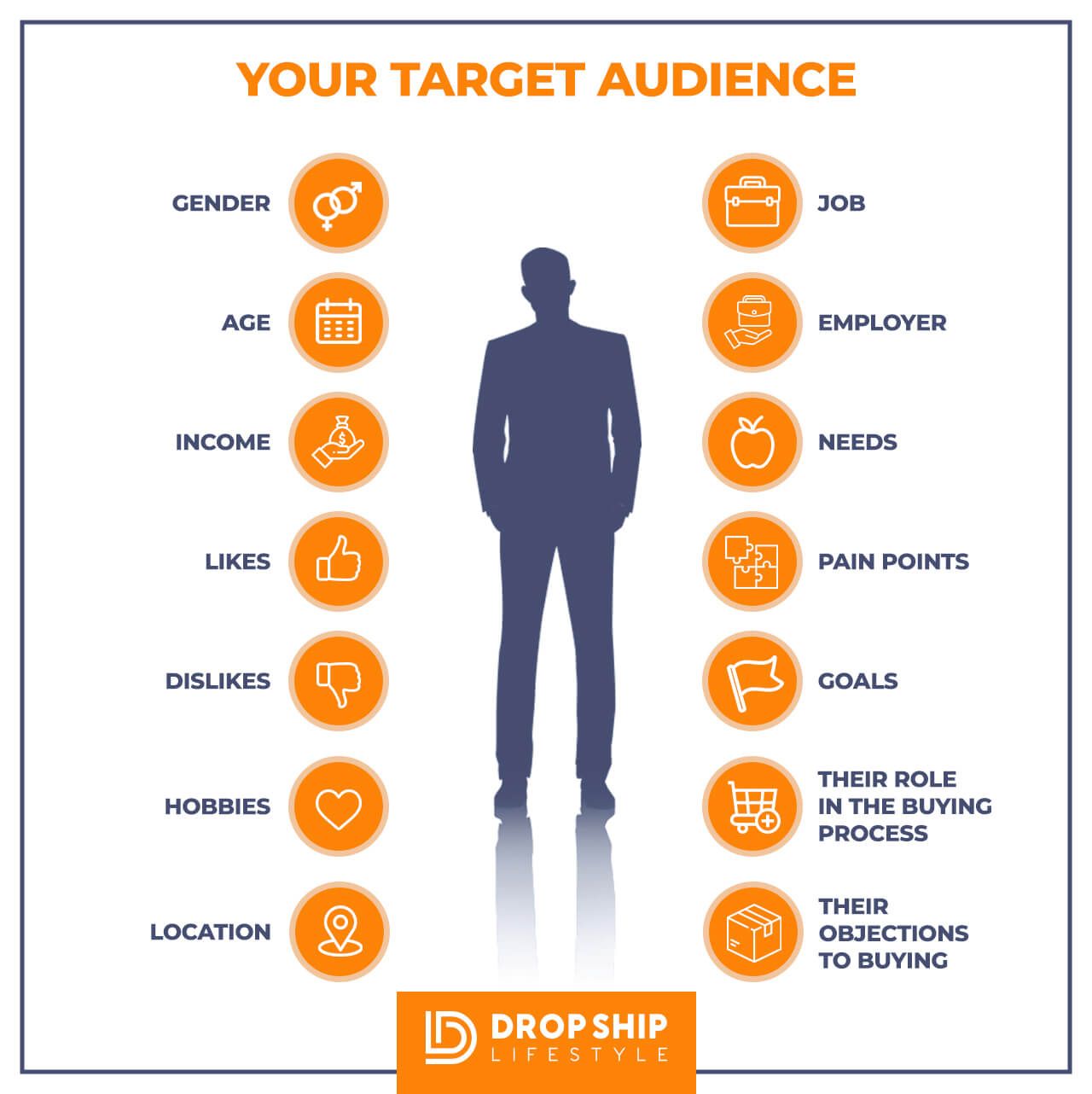
These are just some of the things you should consider when scouting out your target audience.
I’d suggest you go even deeper. Know everything you can! This way, you can effectively help your patrons!
Brand Persona Part 3: The Brand Promise
Again, let’s go back to the idea of consistency. A good brand is consistent across all channels of your business. Social media experience, customer support experience, the buying experience… a good brand will have a consistent message portrayed across all of these channels.
Throughout the process of developing a brand persona, you must keep in mind that you’re making a sort of contract with your customer… which in turn, is your brand promise.
In a nutshell, a brand promise is what the customer expects from you. Sure, it can be what you verbally promise to your customer, but a brand promise is also what you imply to the customer.
Based on your copy, website, customer service, and products -- what type of experience does your audience expect? Whether you like it or not, that is your brand promise.
Here’s how you cook up your official brand promise statement (if you don’t display this on your site, at least keep it to refer back to):
Compile the brand persona details we listed out thus far. Remember the words and phrases that describe your company, your target audience, and how you extend your services to the customer.
Now, write out a promise that is universal to your brand and target audience. Below are some examples.

“Our mission is to create engaged, lifelong relationships. We put you at the heart of everything we do.”
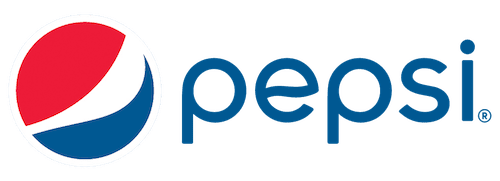
“Our focus includes transforming our portfolio and offering healthier options while making our food system more sustainable and communities more prosperous."

“To be genuine, fun, contemporary and different in everything we do at a reasonable price”
Your brand promise must comprise your persona into one short statement or paragraph, and it should differentiate you from your competitors.
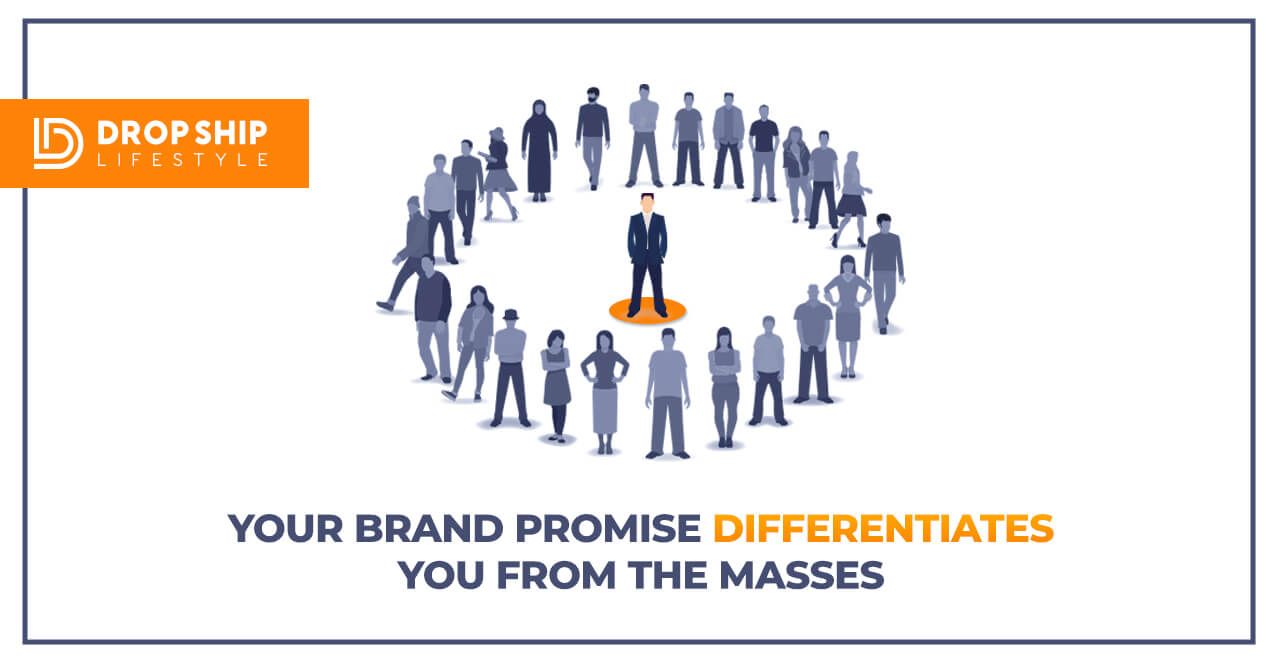
If your promise is the same as a larger company that has been in business longer than you have… what’s the point? Why should people buy from you? You’ve gotta build your brand in a way that makes you stick out of the crowd.
If you stick to your unique promise, your customer base will love you for it. Here’s what Barry told us about staying true to yourself–

Barry Magliarditi
Founder, The Game Changers
I feel the most important aspect of branding is heart-center and genuine authenticity and showing people behind the scenes into who you really are and what you stand for because ultimately our brand is only a representation of who we really are.
Brand Persona Part 4: The Mission Statement
It’s now (finally) time to create our mission statement.
According to Investopedia, “a company’s mission statement seeks to define its culture, values, ethics, and fundamental goals, and how these apply to its stakeholders. The statement reveals what the company does, how it does it, and why it does it. A company’s stakeholders – employees, distributors, suppliers, shareholders, community, etc. – use this statement to align their goals with that of the company.”
The mission statement sums up your persona. It’s important because it conveys purpose and identity. Your mission statement is a way for the community to see what your company does and WHY you do it… and why you’re different than the other guys.
Here’s something really important that Lindsey of Concrete Blonde Consulting told us–

Lindsey Myers
Founder, Concrete Blonde Consulting
The most important aspect of branding is authenticity! No matter who you are or what you do -- the first step should always be to make sure you are being true to your company's mission and values.
Like they say in Oz ... it's always best to start at the beginning and this is the very first (and most critical) step on your journey.
Stay true to who YOU are! Keep your values in check and don’t stray from them.
Visual Aspects of Brand Building
Let’s move on to the fun stuff that most people think of when they hear the word “branding” : the aesthetic, visual side.
Many folks think that the visual aspect is the most important part of the branding process. But before you start drafting up logos and infographics, remember that everything listed above in this branding guide should come first.
You must lay a foundation before moving on in the visual branding process. Building a brand persona will provide your business with a foundation that takes care of you, your employees, and the customer.
So if you’re persona is locked in, it’s time to move on!
The Logo
Again, let’s go back to your brand persona.
Look at the feel of your brand.
Were the words you used to describe your brand something like “courteous, sympathetic, agreeable, kind, and lively?”
Or maybe they were “perfectionist, punctual, professional, acumen, and expertise?”
Look at your customer base. Look at your brand promise… Look at EVERYTHING.
Once you know your brand, it’s safe to start drafting up a logo. If you start drafting visuals too soon, your logo may not match with your actual brand. This would attract the wrong audience, send the wrong idea to your customer base, or it could just look unprofessional.
Here are a few examples of brand promises held in tandem with the brand logo.
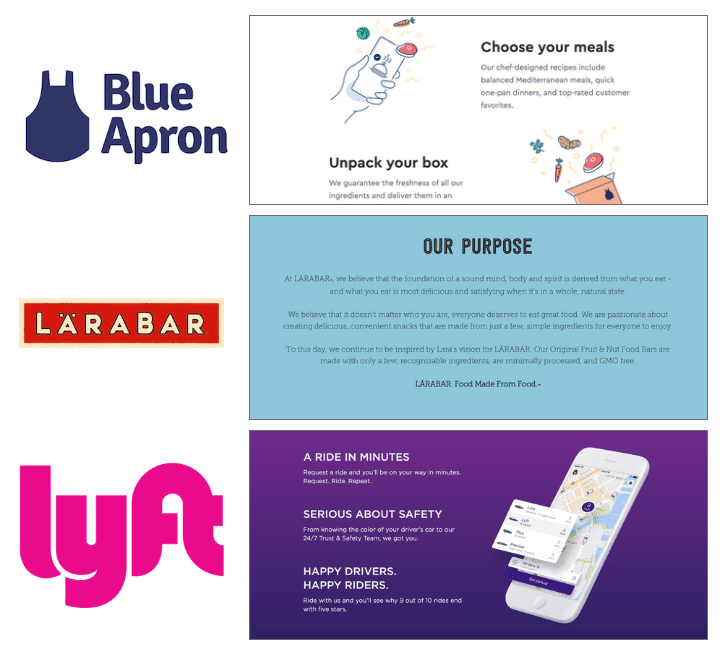
Can you see the correspondence between the brand promise and the logo?
- Blue Apron - easy, relatable, anyone can participate
- Larabar - simplicity, organic, relatable
- Lyft - fast, safe, trustworthy
The logos and the promise relay this to the customer. And visually, they also have a corresponding color scheme…
Which is something you should keep in mind as well.
Yes, I know, it’s A LOT to keep track of. Your logo needs to meld with your message AND a color scheme AND it all has to resonate with your target audience…
But lucky for us, we have some awesome tools at our disposal. Keep reading.
Selecting Brand Style and Colors
The goal of all of this is to keep everything ON BRAND.
Everything should fit with your brand persona. Nothing should be out of place. This includes staying on brand in your:
All of the items in the list above need to be on brand.
We do this by creating a style guide - selecting fonts, colors, and general formatting. Then we stick to this style guide at all costs.
Here are some tools and helpful resources you can use to develop a style guide:
With our brand at Drop Ship Lifestyle, we have a story to tell, and we tell that story through our visuals, logos, and all media. Just look at some of your favorite brands. See what colors they use, and where they use them. Look at their media and observe the style.
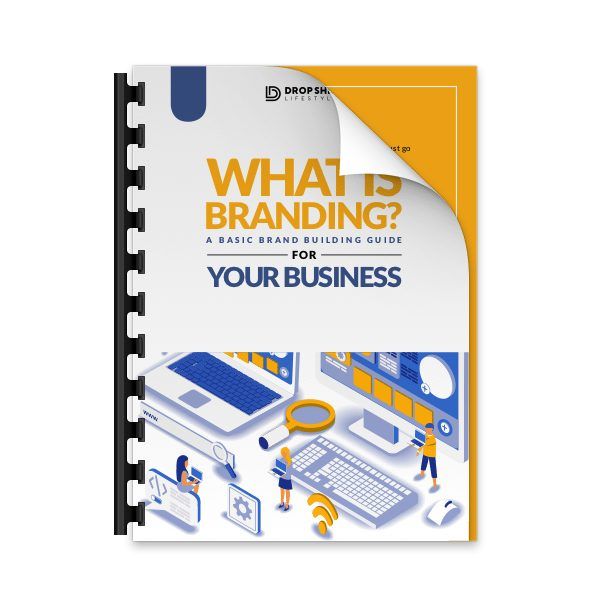
Get This Brand Building Guide as a PDF
The Brand Voice
Now that you have the construction of your color palette under way, you need to go back to your brand persona.
Again, imagine your company were a person… what would it sound like? If you were to have a conversation with your company, what would you talk about? How would you interact? How would your brand treat you?
This is where you decide on a voice for your brand.
Is your brand snarky? Conversational? Aggressive? Helpful?
Your emails, web copy, product descriptions, and ANYTHING WITH WORDS needs to have a consistent tone of voice.
Look here at the two screenshots of two different donut companies’ “about us” pages:
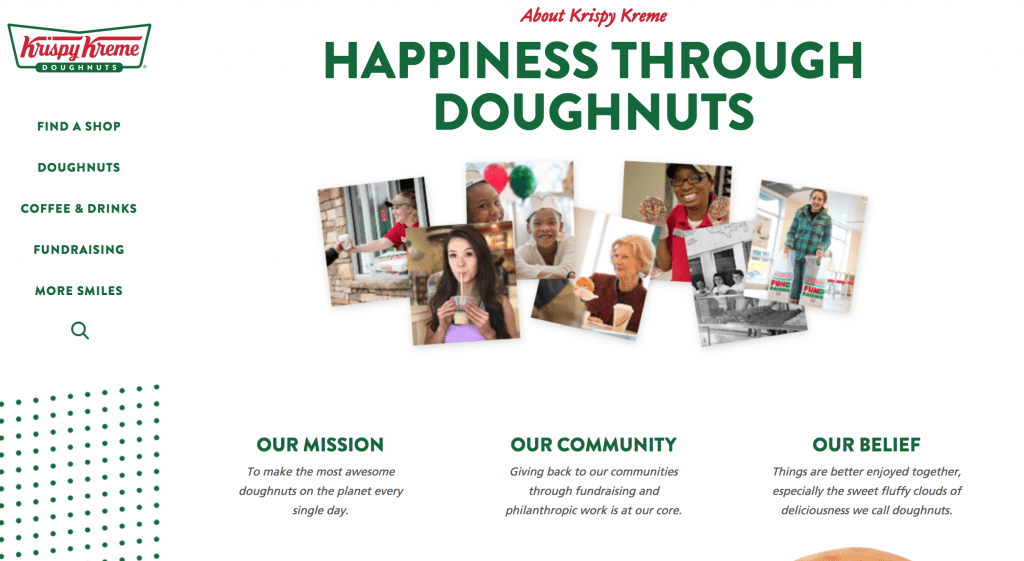
Tone of voice: Helpful, familial, cheery
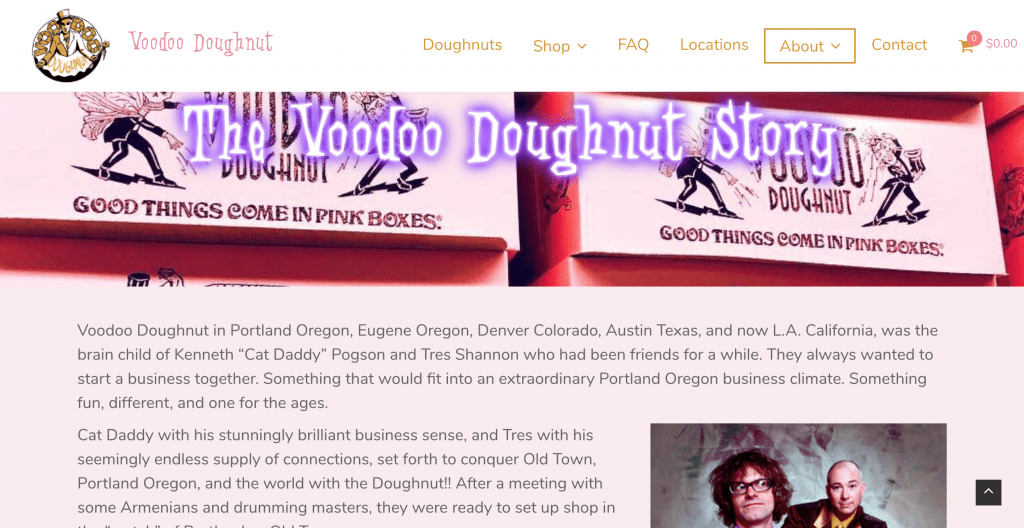
Tone of voice: Story driven, quirky, boisterous
These companies both sell donuts. But their branding couldn’t be more different. You can see it in their product, their logos, their images, and their tone of voice.
If Voodoo Doughnut sounded like Krispy Kreme, it wouldn’t make sense. It would be OFF BRAND.
This is just one of thousands of examples. Your brand must shine through the masses, and a consistent brand voice is an effective way to do this.
Here’s what Nick from Side Hustle Nation said to us about consistency–

Nick Loper
Chief Side-Hustler, Side Hustle Nation
I think the most important aspect of branding is consistency. Think of any brand you respect, and I think you'll notice a consistency across their product lines that even follows to their web presence and social media profiles.
I'm far from perfect on this front, but have been trying to introduce more consistency into my content — especially the podcast — and into some of the visual elements on my site.
Tying it All Together
More than anything– you need to persevere. Here’s what the founder of Codeless told us about the branding process–

Brad Smith
Founder, Codeless
Folks, you’ve GOT TO persevere. Rome wasn’t built in a day, and neither will be your optimal brand identity. Keep moving, keep learning, keep experimenting. Let’s recap with some of the biggest tips for building a brand:


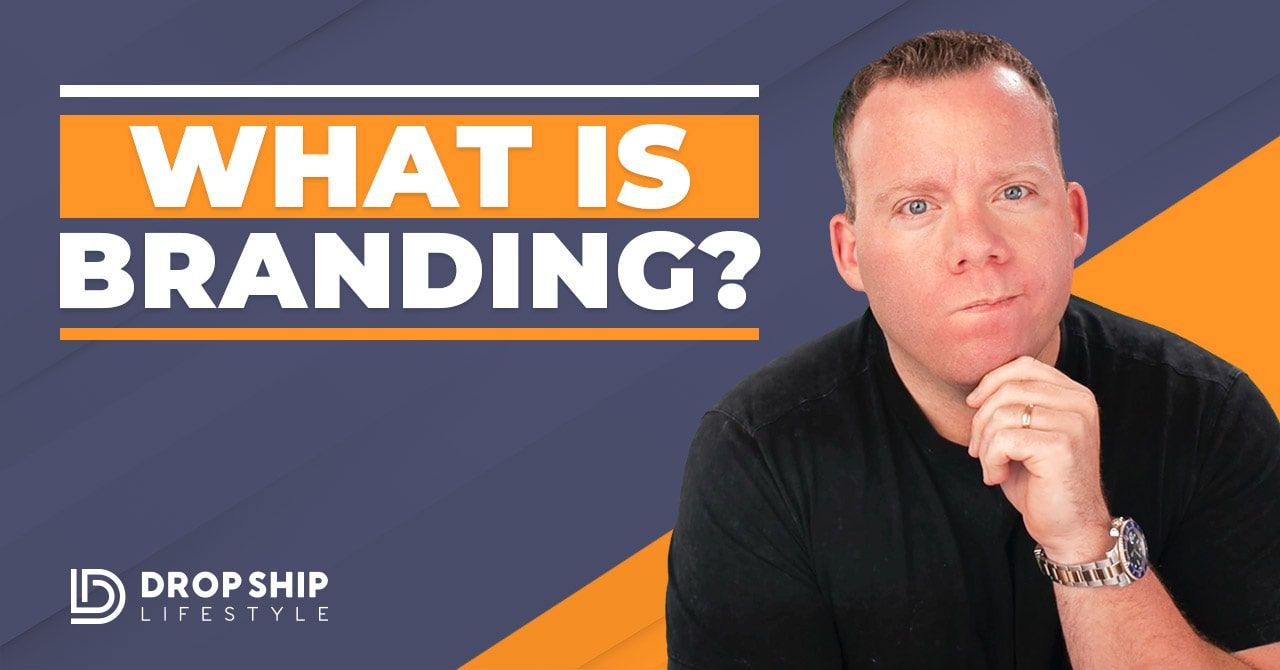

Hey Everyone,
As many of you already know I created Drop Ship Lifestyle after selling a network of eCommerce stores and then trying to find a community of other store owners to network with… What I found was a bunch of scammers who promised newbies they would get rich quick by following their push-button systems!
This led me to create a new community along with an online training program that shares how to build a REAL online business.
I’d love to hear what you think… it’s a 2.5-hour training designed to help you drop ship profitably… all for free.
Be sure to click here to check it out and send me your feedback!
If you go through the “How To Start & Grow A Hyper-Profitable Online Store” webinar and still have questions just contact me and I will help you out.
Hi Rhonda! This is the kind of topic everybody needs to talk about. Building a brand for your business isn’t that easy but with the right knowledge, your business can have the identity. And I’m so thankful on the expert’s advice in here. Thanks for putting this up! I’m so pumped with knowledge right now!
Thank you to all the entrepreneurs, individuals, and companies that contributed to this brand building guide 🙏
I hope it helps existing companies hone in on their brand identity, and helps new entrepreneurs to find their voice.